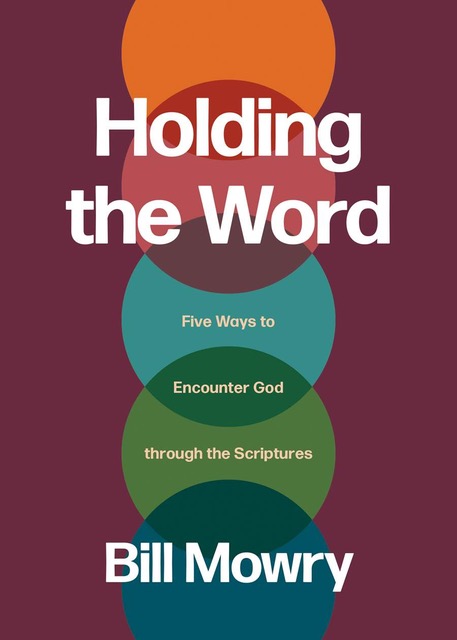Patrick of Ireland is one of my faith heroes. It’s unfortunate that the Roman Catholic church claims him as one of their own. Patrick belongs to the ages. His ministry to Ireland took place before there was an Eastern Orthodox Church or a Roman Catholic church. Protestants can claim him as one of their own.
Patrick’s story began with a kidnapping. His teen years were spent as a slave to an Irish master. During his servitude he came to faith. Patrick’s time in Ireland allowed him to master the language and customs before he escaped. Upon returning to his native England, he became a priest and settled into a pastorate. And then the dream came.
In a dream the Irish people cried out to him, “We appeal to you, holy servant boy, to come and walk with us.” At age forty-eight in A.D. 432, Patrick returned to Ireland with an entourage of priests, seminarians, and volunteers.
What’s thrilling about Patrick’s story is the impact of his ministry. Historical records indicate that “many thousands” of people were baptized through his ministry. His ministry team planted seven hundred churches and ordained a thousand priests. Within his lifetime it was said that thirty to forty percent of Ireland’s one-hundred and fifty tribes became substantially Christian.
Thomas Cahill, in How the Irish Saved Civilization, describes how Patrick’s ministry birthed “something never seen before — a Christian culture, where slavery and human sacrifice became unthinkable, and warfare, though impossible for humans to eradicate diminished markedly . . . new laws, influenced by gospel norms, inhibited such conflict. . ..”
What was his evangelism strategy? Patrick’s approach differed from the Roman model practiced in the western church. Author George Hunter pictures the Roman model as a three-step process. First, you logically present the Christian message. Second, people are invited to decide to believe in Christ and become Christians. Third, if they decide positively, they’re welcomed into the church. Does this sound familiar?
“The Roman model seems very logical to us because most American evangelicals are scripted by it! We explain the gospel, they accept Christ, we welcome them into the church! Presentation, decision, assimilation. What could be more local than that!” writes Hunter.
Patrick took a different approach. First, a team of priests, seminarians, and women would camp near a village and form a community of faith adjacent to the tribal settlements. The team would meet villagers, engage in conversation, and look for receptive people. Patrick placed a priority on the king and other opinion leaders.
The team preached in the open-air, using parables, stories, poetry, songs, visual arts and even dramas to engage the Celtic people’s imaginations. This mission team would spend weeks, even months, as a ministering community of faith within the tribe. The church that emerged would have been astonishing indigenous.
Hunter summarizes the Celtic model in this way:
- Establish community with people or bring them into the fellowship of your community of faith. This community would have been “Irish-friendly.”
- Within this fellowship, engage in conversation, ministry, prayer, and worship.
- Employ a variety of mediums. The Celts loved to celebrate the gospel in the open air; the Roman branch preferred thick buildings that walled out the sights and sounds of the world.
- In time, as they discover that they now believe, you invite them to commit.
What a contrast to the model of the Roman church.
We can learn two lessons from this shamrock evangelist. First, Patrick became an insider. Having lived among the Irish he knew the Irish. I love this description by Cahill: “In a damp land where people lived and slept in proximity, everyone would have known sooner or later if Patrick’s sleep was brought on by the goddess of intoxication or broken by the goddess of fear. Patrick slept soundly and soberly.”
Patrick became an Irish man. This former slave “had the right instincts to impart to the Irish a New Story, one that made new sense of all their old stories and brought them a peace they had never had before,” writes Cahill. The people listened to this story because it was embodied in a person. Patrick was so close in physical and relational proximity that sleeping became a gospel opportunity.
Second, he fit the message to the Irish culture. The Irish have a sensuous reveling in the splendors of the created world, a reveling that would have made Roman Christians uncomfortable. Irish poetry reflects this:
I will kindle my fire this morning
In presence of the holy angels of heaven,
God, kindle Thou in my heart within
A flame of love to my neighbor,
To my foe, to my friend, to my kindred all . . .
Not only were the Irish intoxicated by creation, but they reveled in the power of words. Every noble family maintained ancestral poets — people with vivid imaginations. These bards told stories and their poets recited poems that communicated beliefs, history, and old wisdom through entertainment. The Celts regarded poets as intermediaries between this world and the next. Christian monks and scholars took over the role of the old Druid bards.
“Yes, the Irish would have said, there is a story that answers our deepest needs — and answers them in a way so good that we could never even have dared dream of it. We can put away our knives and abandon our altars. These are no longer required. The God of the Three Faces has given us his own Son, and we are washed clean in the blood of this lamb,” writes Cahill.
This Shamrock Evangelist teaches us to live among people so closely that they see how our lives can counter fears, nightmares, and sorrows. Patrick shows us the importance of fitting the message to a culture. We should hijack our culture’s images, poetry, drama, and storytelling and use them to tell a new story, the story of the “God of the Three faces who has given us his own Son.”
Let’s raise a pint, or a glass of water, to honor Patrick of Ireland. Let’s claim this fifth century hero as one of our own and practice shamrock evangelism.
The story of Patrick was drawn from Thomas Cahill’s How the Irish Saved Civilization, Carmina Gadelica by Alexander Carmichael, and George Hunter’s Celtic Evangelism.



Leave a Reply